Looking ahead, looking back
January 2025
The extent of the damage in Altadena and Palisades is still being tallied—towns leveled overnight at great cost. People returning to homes that were somehow spared are still wondering when it will be safe to breathe the air in their neighborhoods, or how nearby hillsides will weather coming rain. And even as we are writing this, firefighting resources continue to battle three large fires in Southern California—lives upended by evacuation orders or because of smoke, as the Santa Ana winds periodically roar back to life. This is not quite the start to the new year we’d anticipated, nor wished for.
Fire crews this month have been doing the best they can with every asset at their disposal—pulling out mothballed aircraft, calling for mutual aid, pumping water from swimming pools if the hydrants won’t provide. They’re doing the best they can with what they’ve got—but the rapid spread, the extent and level of devastation of these fires underscores this message: fire agencies need new tools for the fires that are coming.
In the approaching fire regime, extreme wildfires could increase by up to 30 percent by 2050 and 50 percent by 2100. As wildfire risk continues to grow, California and the American West will have to significantly expand and scale wildfire response capacity. Technology is a force multiplier that makes this possible—existing aircraft can be upgraded, and the technology can be deployed to support existing crewed missions. This is not some far-off dream. In the last year we have shown that the advanced technology to make autonomous aerial fire response is ready to come online. And, we have seen that we aren’t the only ones who are ready to fit advanced technology into larger strategies of fire prevention and response.
It’s a bittersweet moment to ‘celebrate’ our success of the past year in the midst of the tragedies that are unfolding in Los Angeles. But when seen in the light of a great need for innovation in the face of an urgent (but solvable) problem, each accomplishment from the last year is all the more meaningful. Every win got us closer to making autonomous firefighting helicopters an everyday reality.
Federal Policy and Advocacy
The FAA Reauthorization Act of 2024 directed the agency to develop a plan for the use of unmanned aircraft systems by public entities in wildfire response efforts. In coming months, the FAA will coordinate with other federal agencies to develop a plan for the use of Unmanned Aerial Systems (UAS) by public entities in wildfire detection, mitigation, and suppression. We are also founding members of the The Association of FireTech Innovation, joining forces with others such as Muon Space, Gridware, Fire Aside and Pano AI, all working to make next-gen technology available to fire personnel.
Building Community
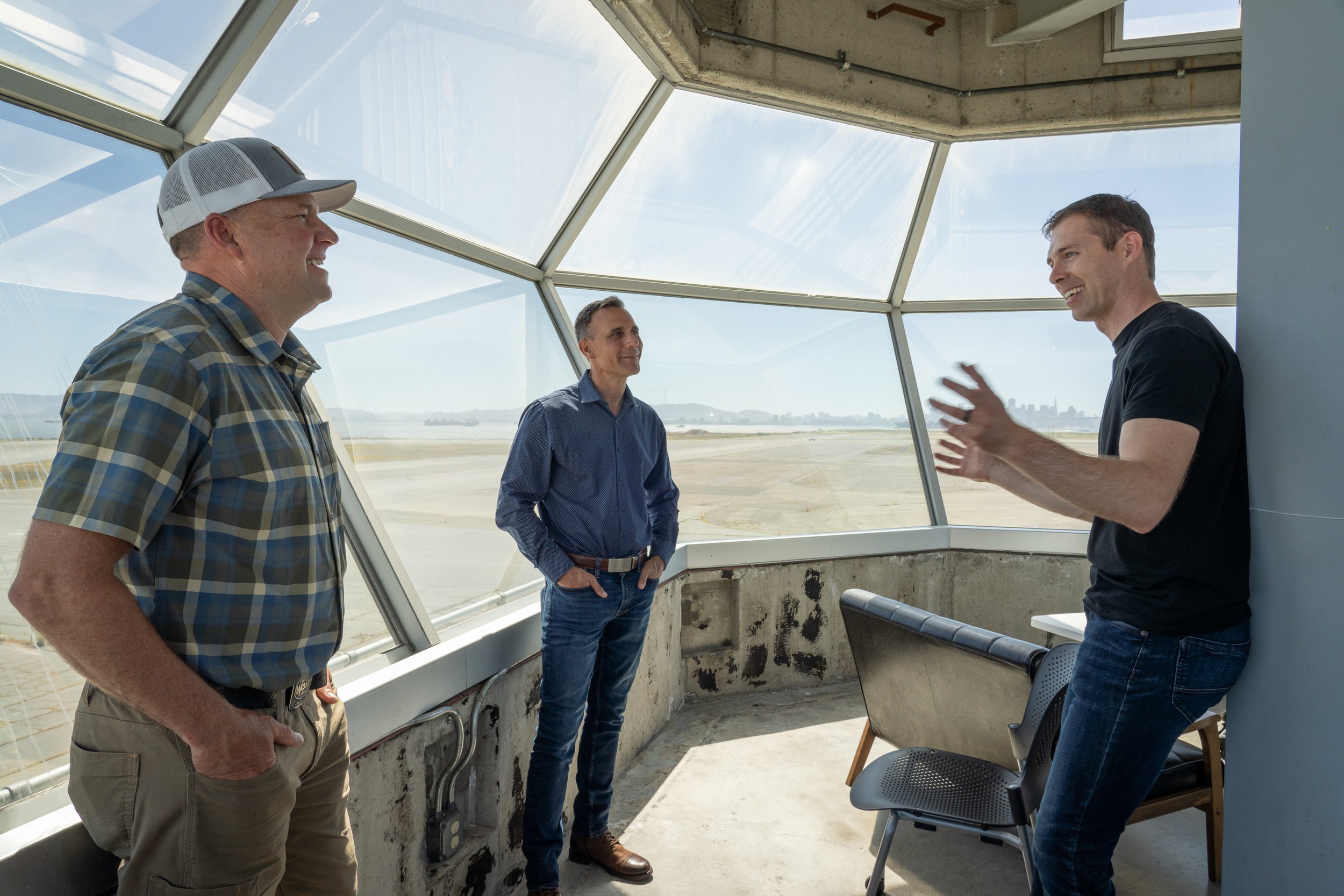

This year we have been humbled to be joined by several new advisors, and have leaned into their domain expertise to ensure that we are building the technology that firefighters want to add to their toolkits. From the former Deputy Chief of Cal Fire and current fire advisor, Chris Anthony, to Chief Mike Deacon, a renowned Air Tactical Group Supervisor and Helicopter Coordinator, we are fortunate to be able to lean on their substantial knowledge as we work to bring our solution forward.
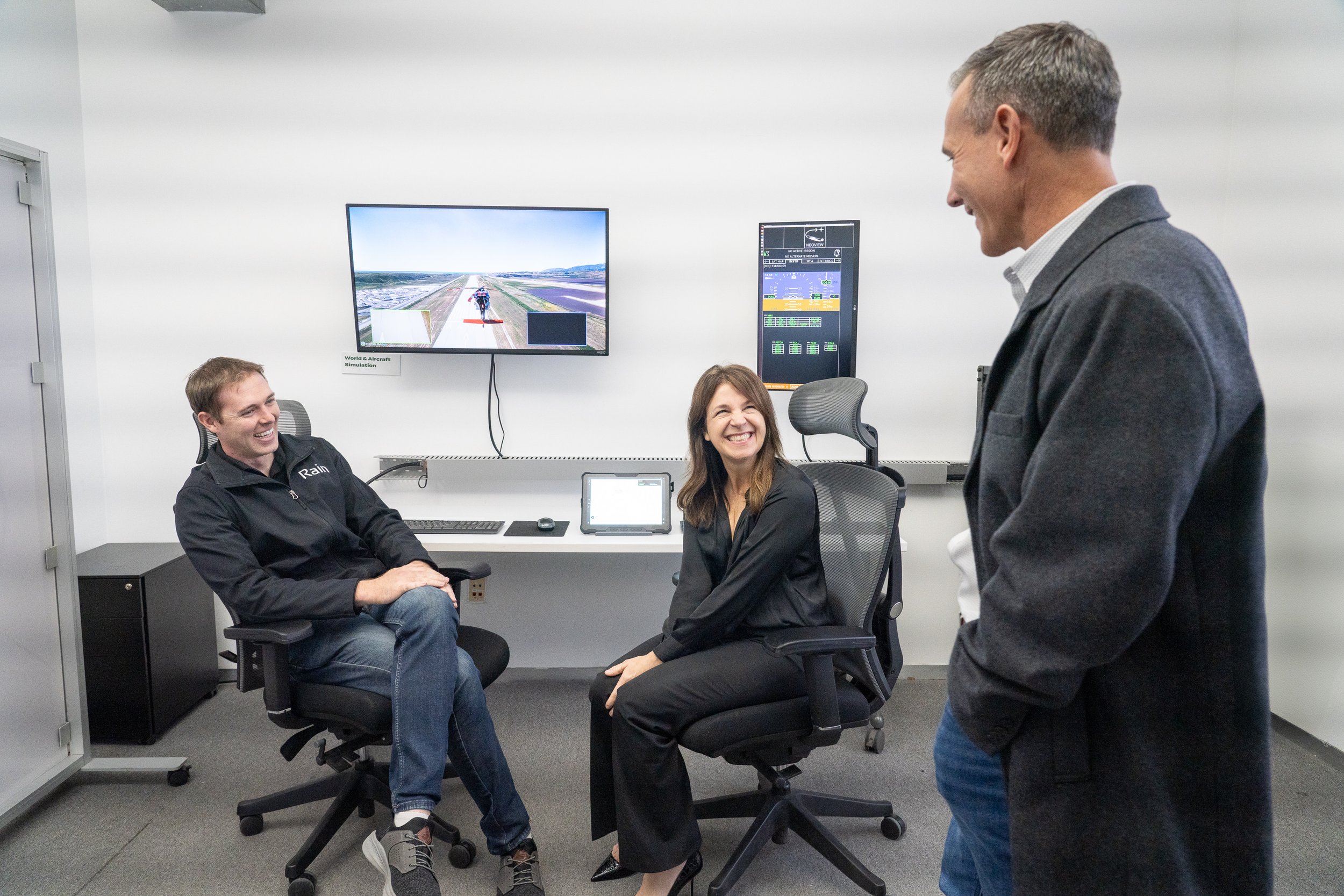
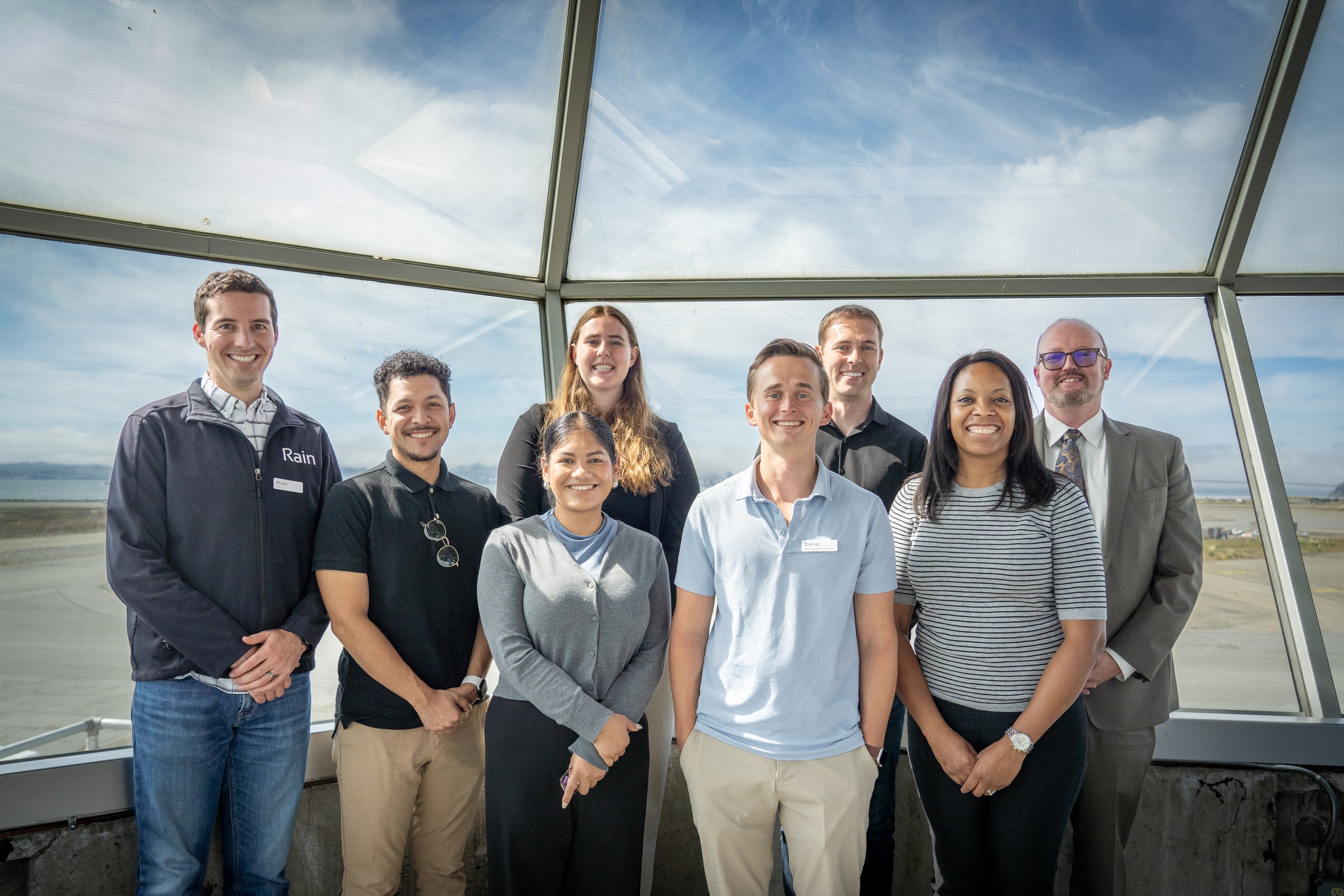
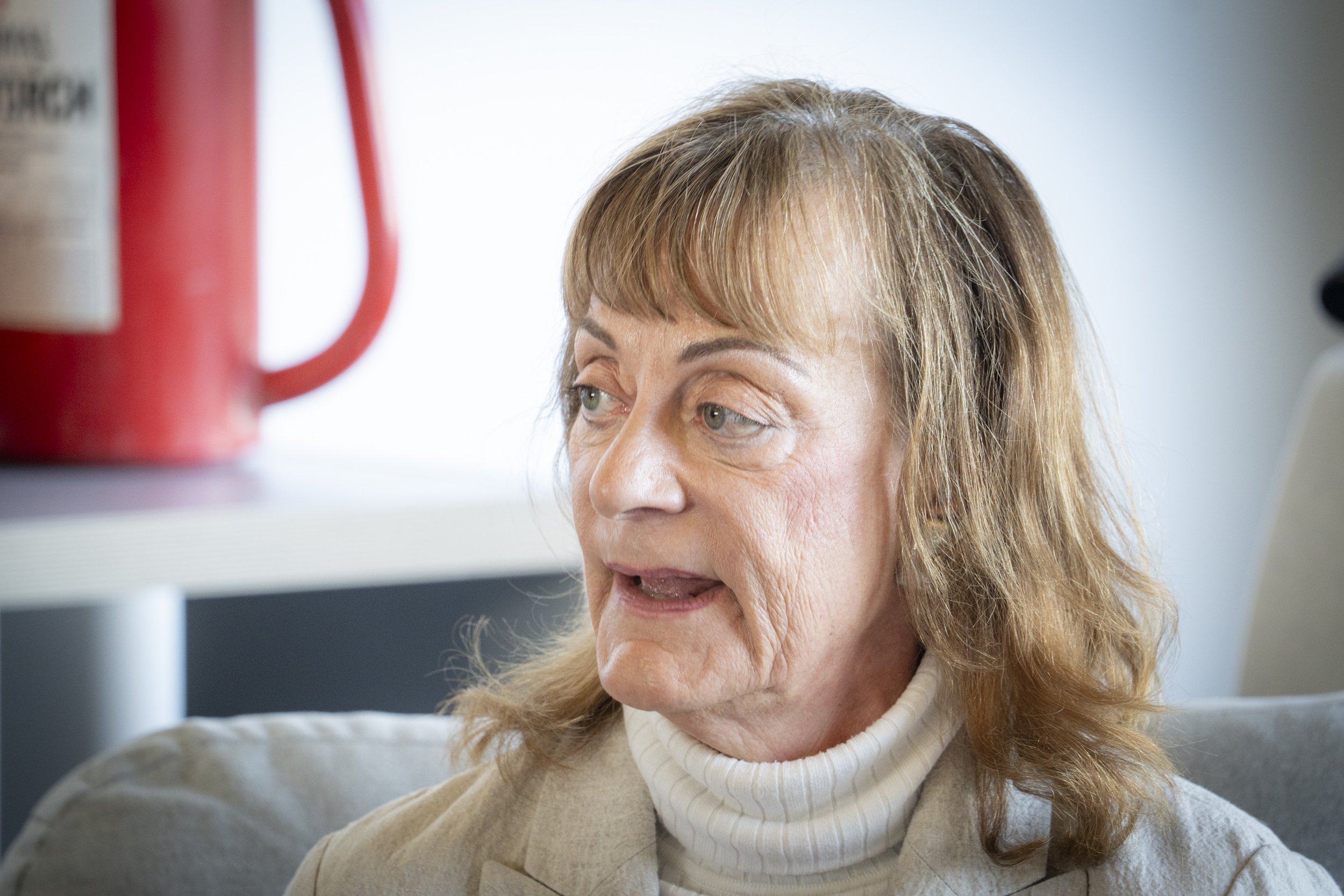
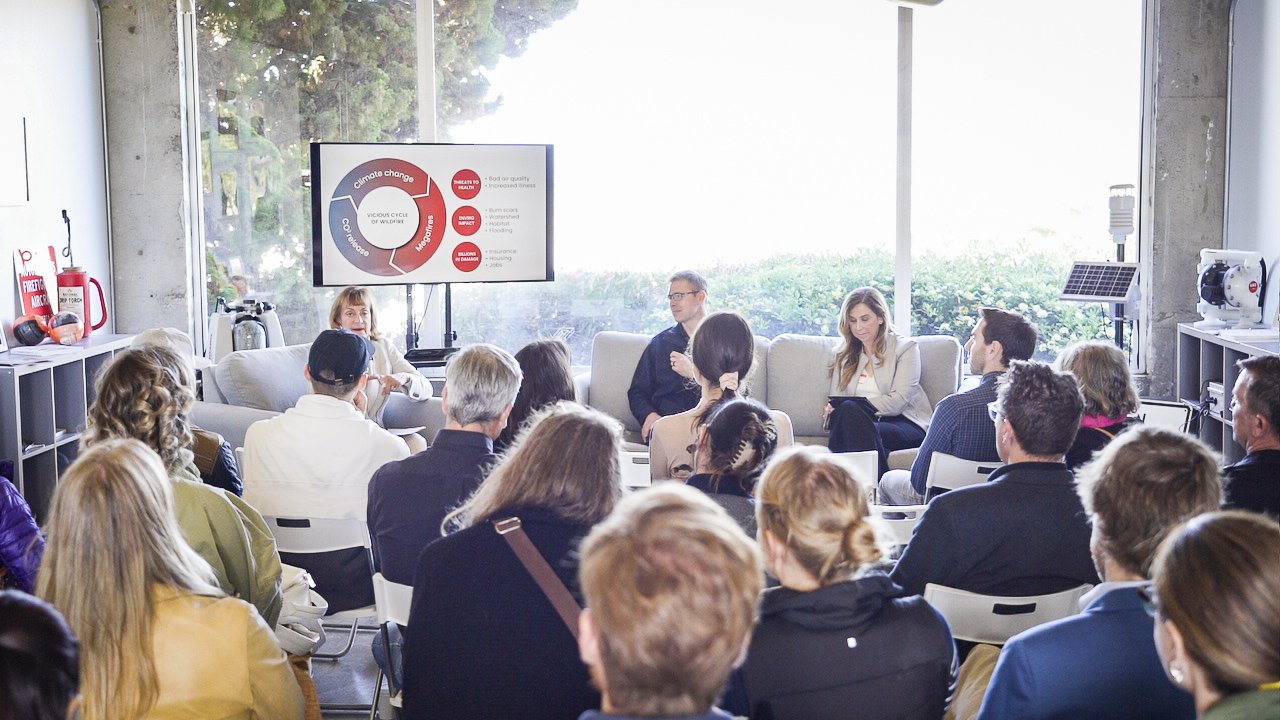
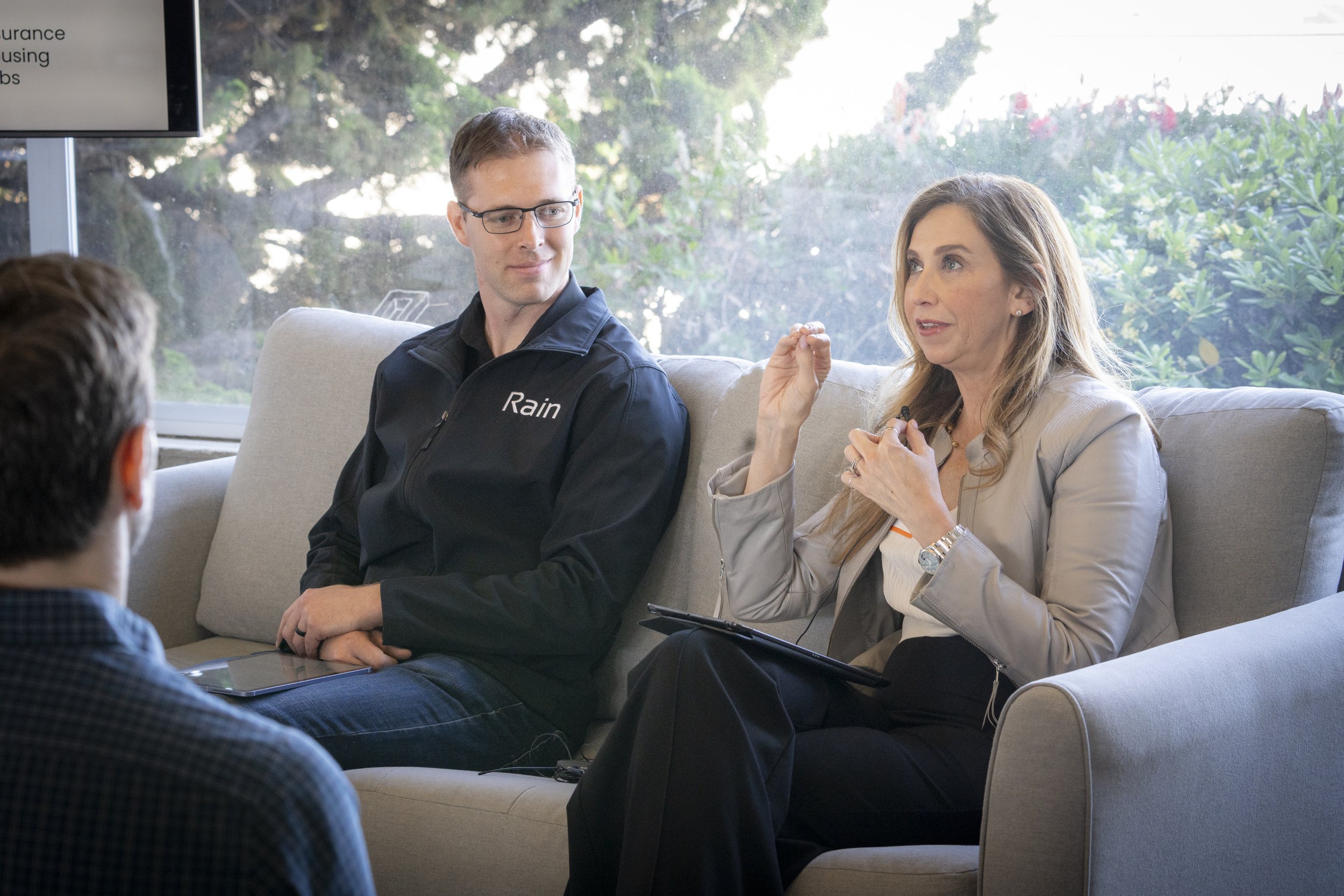
We’re also very happy to have participated in The White House’s first ever FireTech Innovation Roundtable, as well as having welcomed several visiting groups to our headquarters. We learn directly from each visitor who crosses our threshold about how our work can provide a solution for some of their most pressing threats to life, property and community.
Catastrophic wildfires are growing in intensity and frequency, and speaking directly with public officials like Washington State’s Commissioner of Public Lands, Hilary Franz, staffers from the office of Senator Padilla—or from our SF Climate Week attendees—about how autonomous rapid response can provide a layer of protection for their communities was an honor.
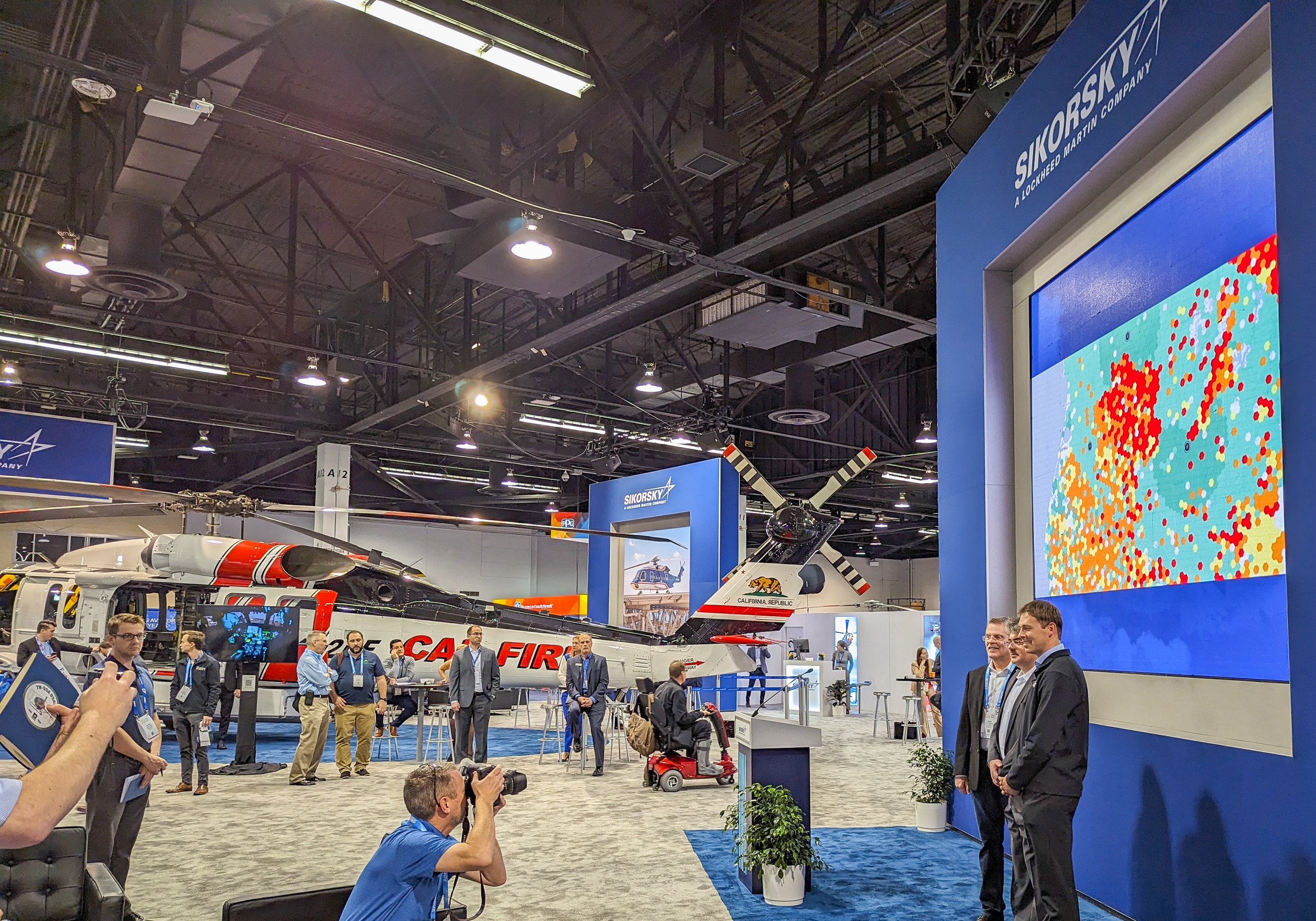
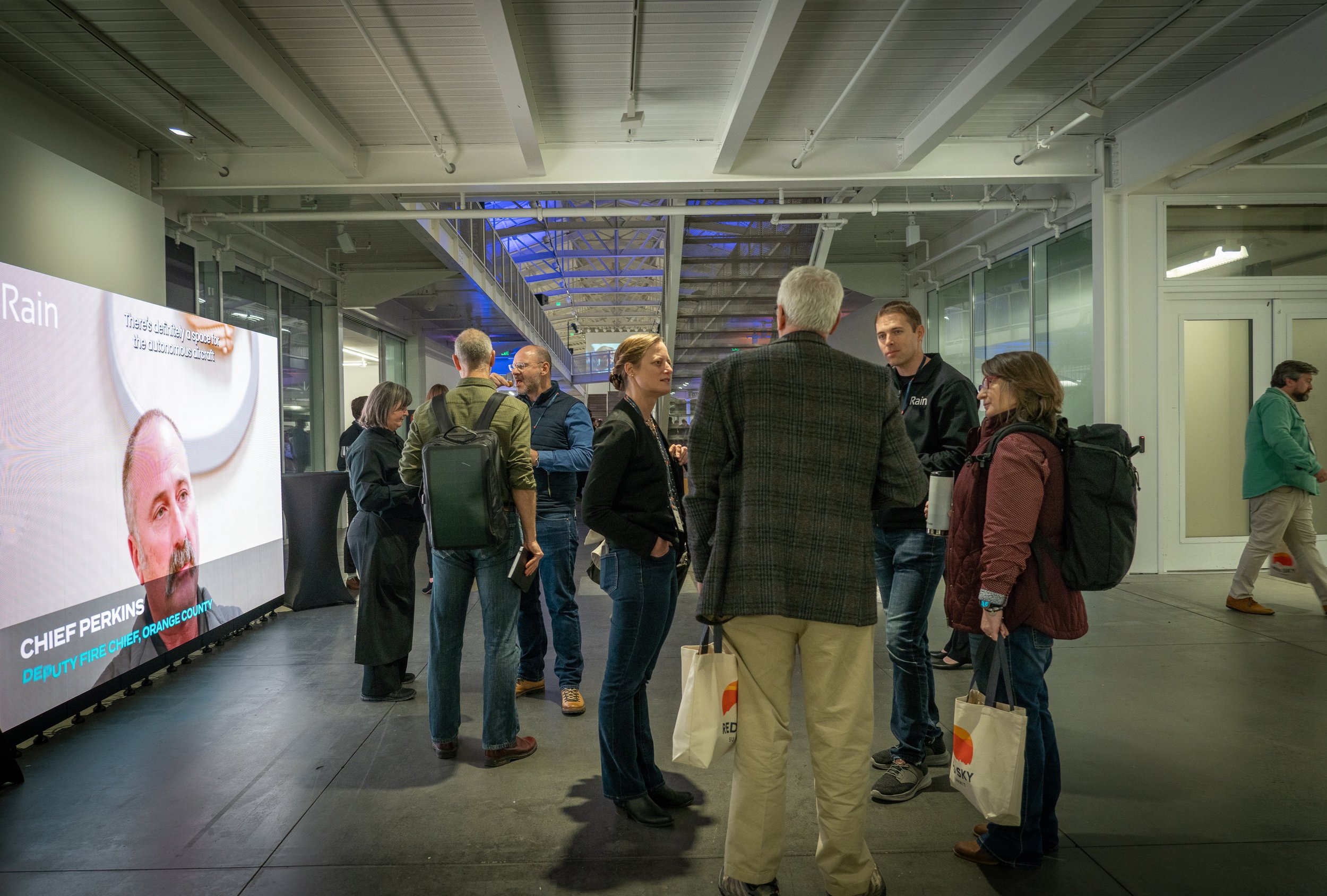
In 2024 we premiered some of our biggest announcements at conferences—whether it was at HAI (now Verticon) or Red Sky—having news to share adds a special thrill when we come together with others in the fire community. Above, we shared the stage with Igor Cherepinsky of Sikorsky Innovations at Verticon with an update about our collaboration, and a video of our October demonstration plays at Red Sky Summit.
Flight Demonstrations
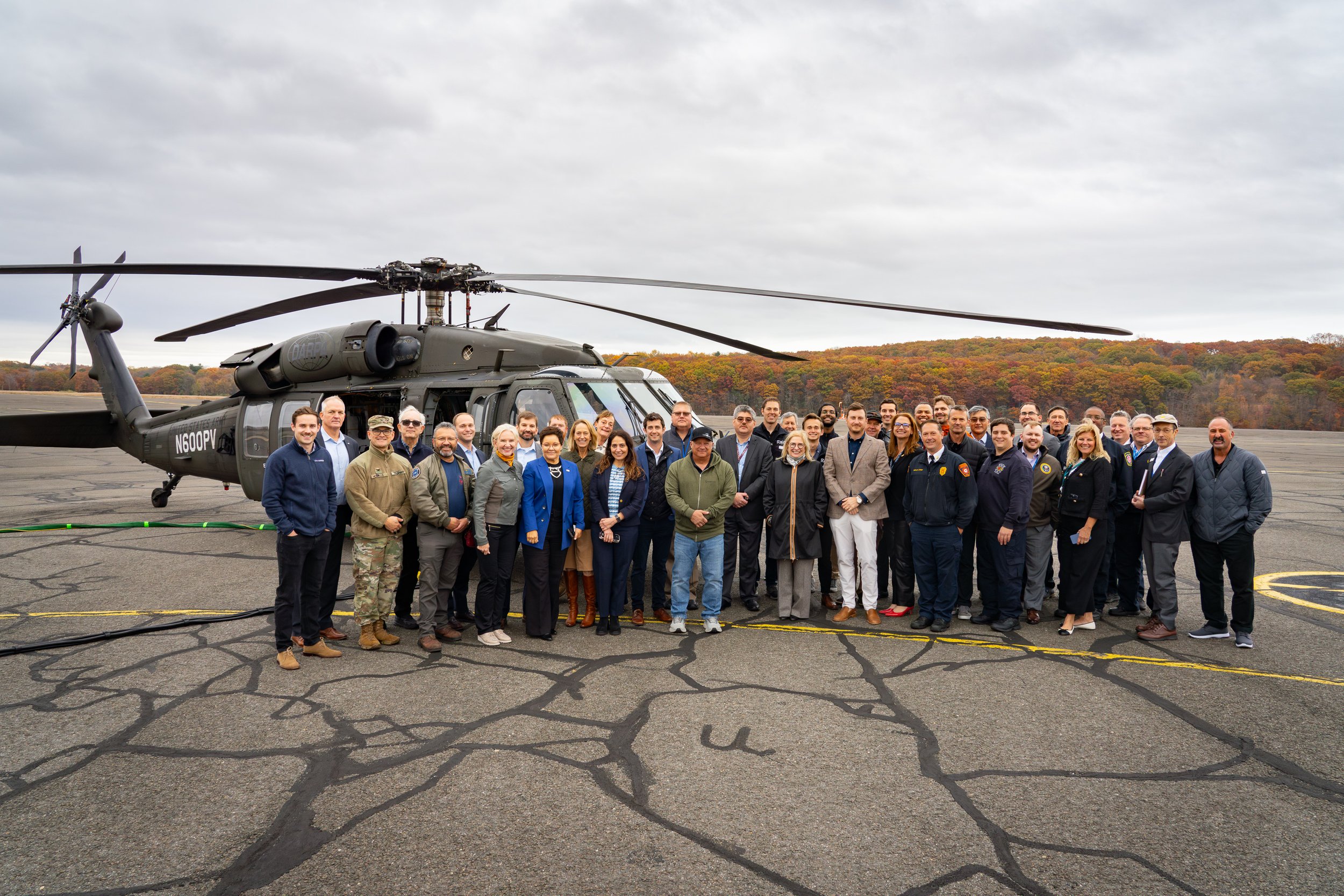
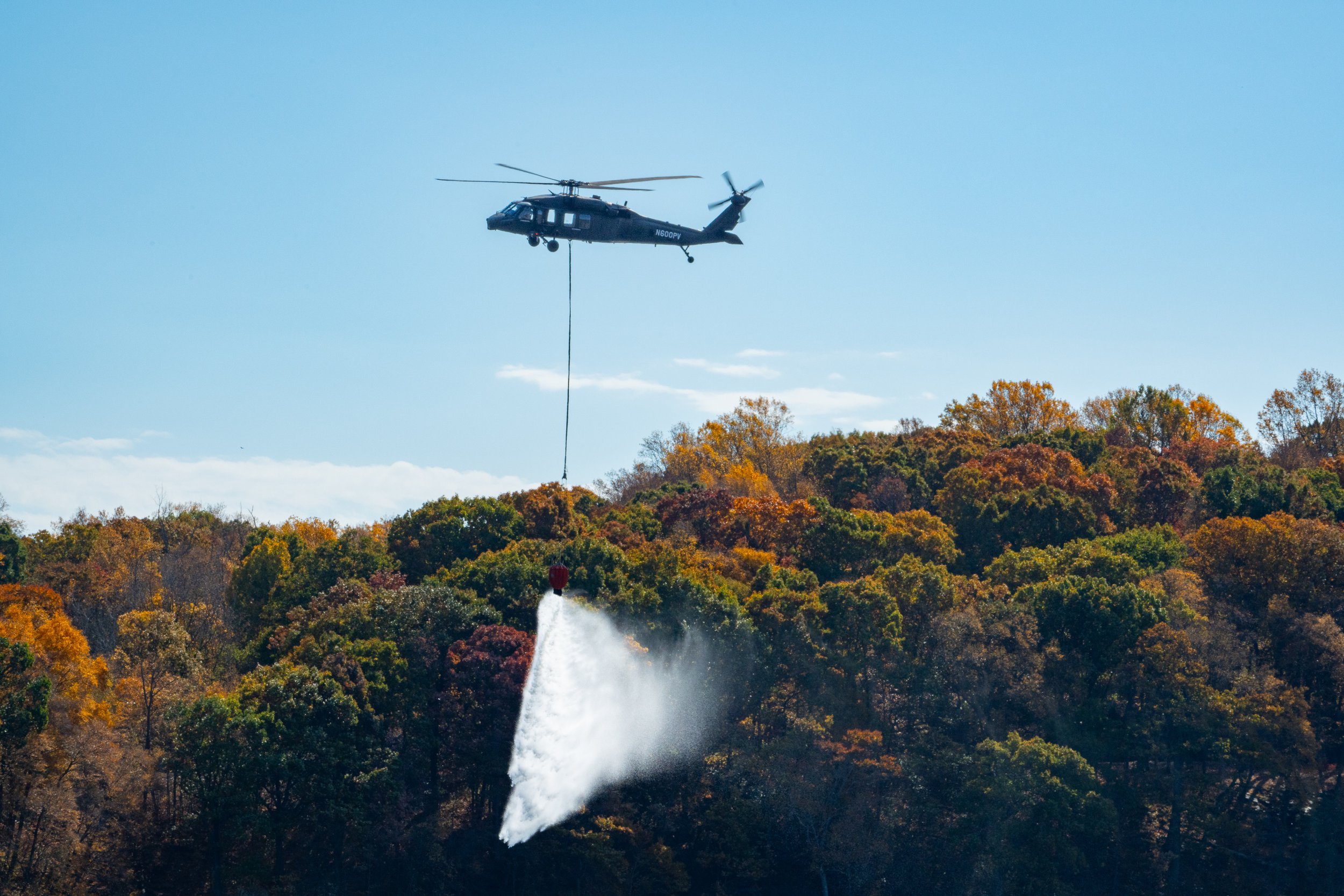
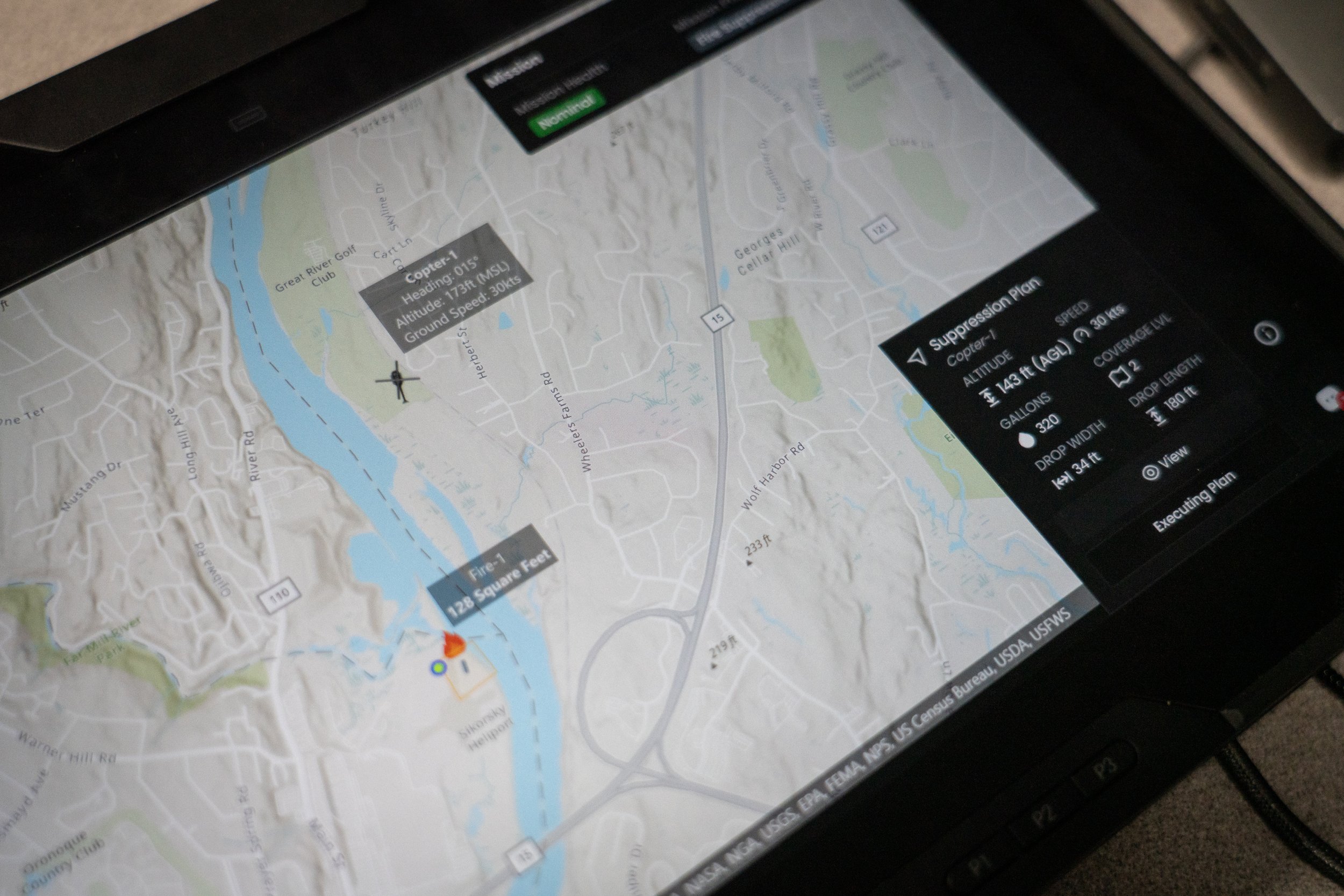
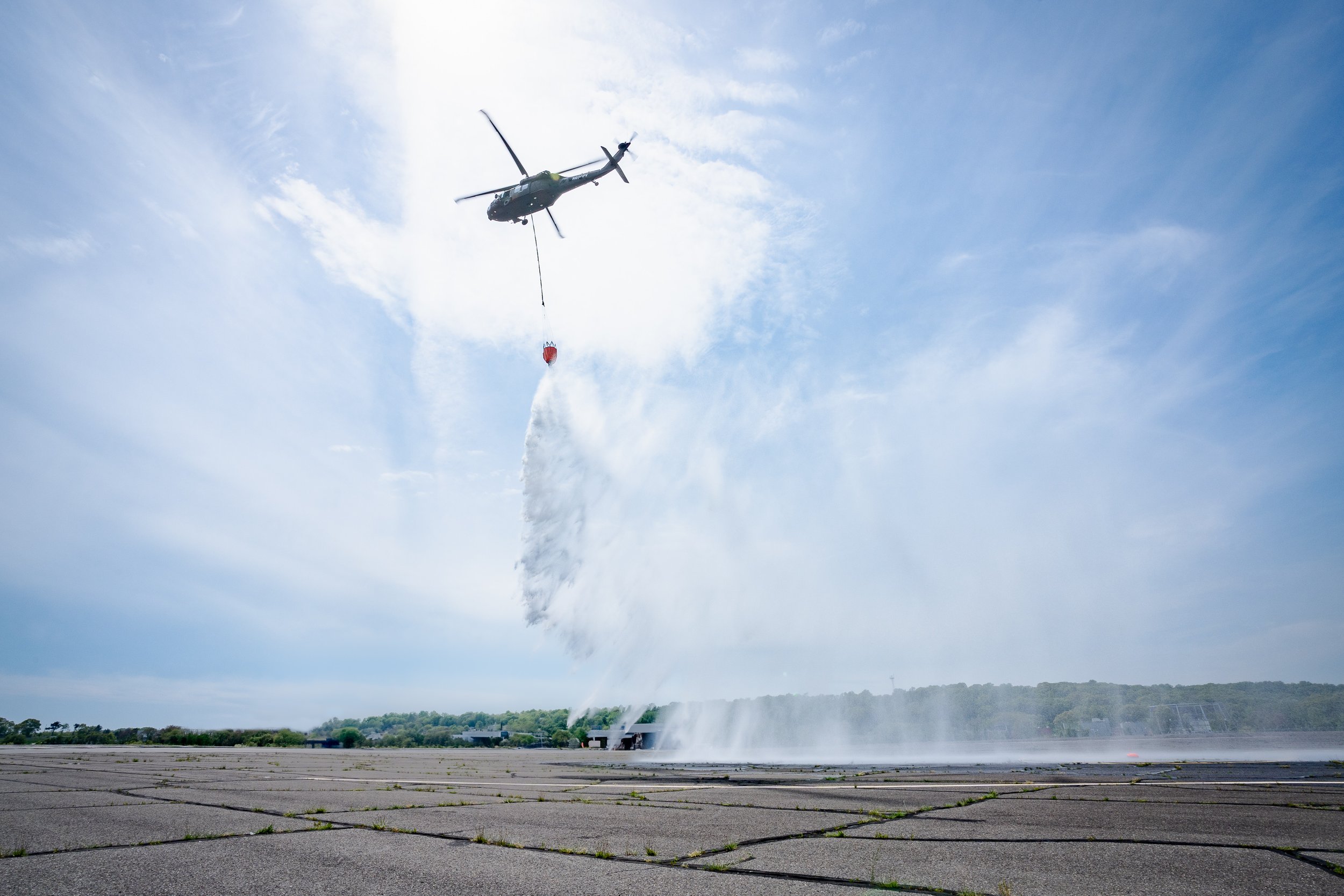
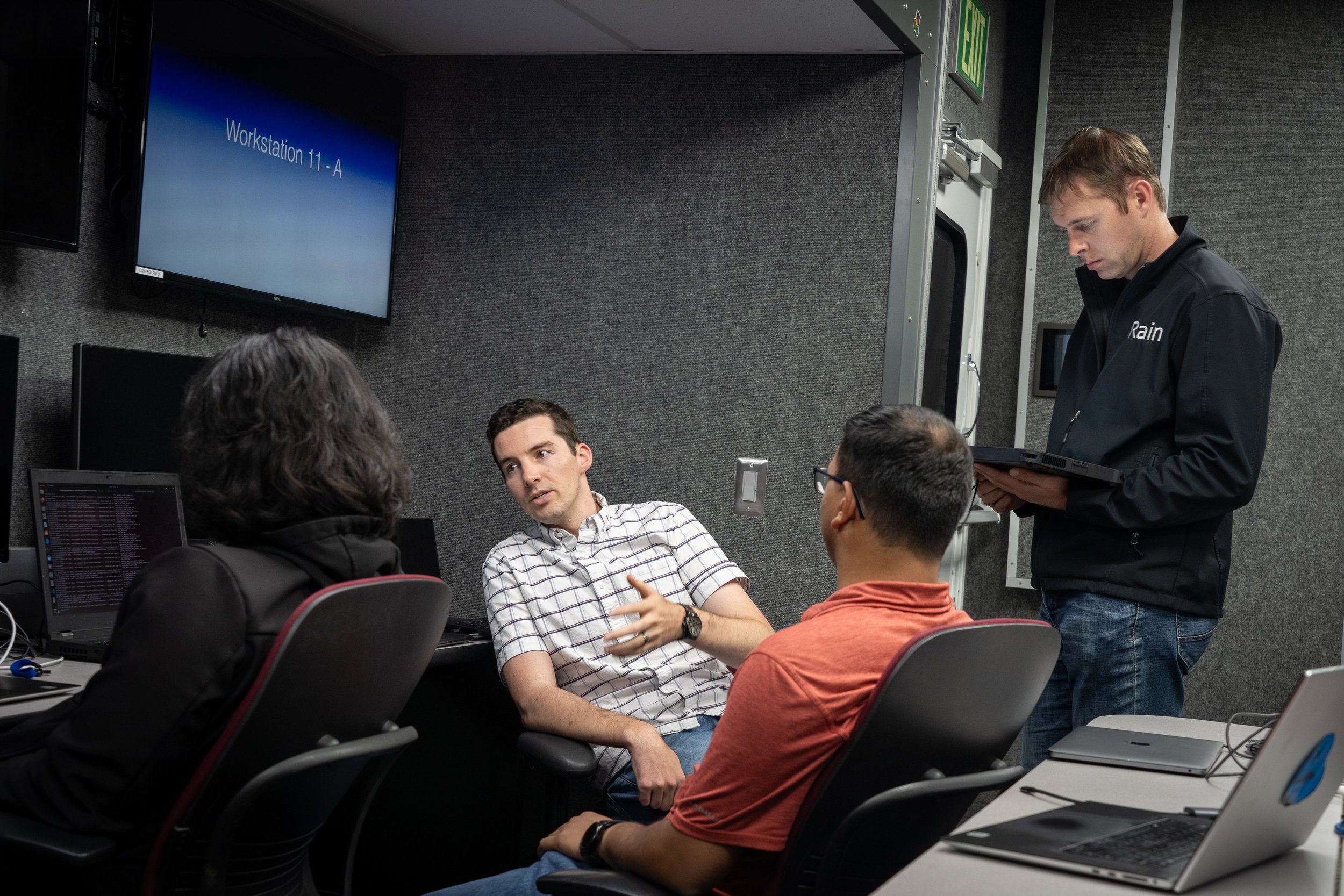
Over the past summer we were able to validate our wind deviation model in collaboration with Sikorsky. You can watch the full video here, or read our blog post that was wholly dedicated to this achievement.
Perhaps it’s recency bias, but standing shoulder to shoulder with fire leaders and innovators who were able to experience rapid autonomous wildfire response firsthand—some of whom were commanding water drops with our tablet—was the kind of pinch-ourselves moment that comes few and far between. As one of our investors posted on LinkedIn, “The technology was inspiring, but the response from wildfire professionals was even more impressive.”
Living our Values
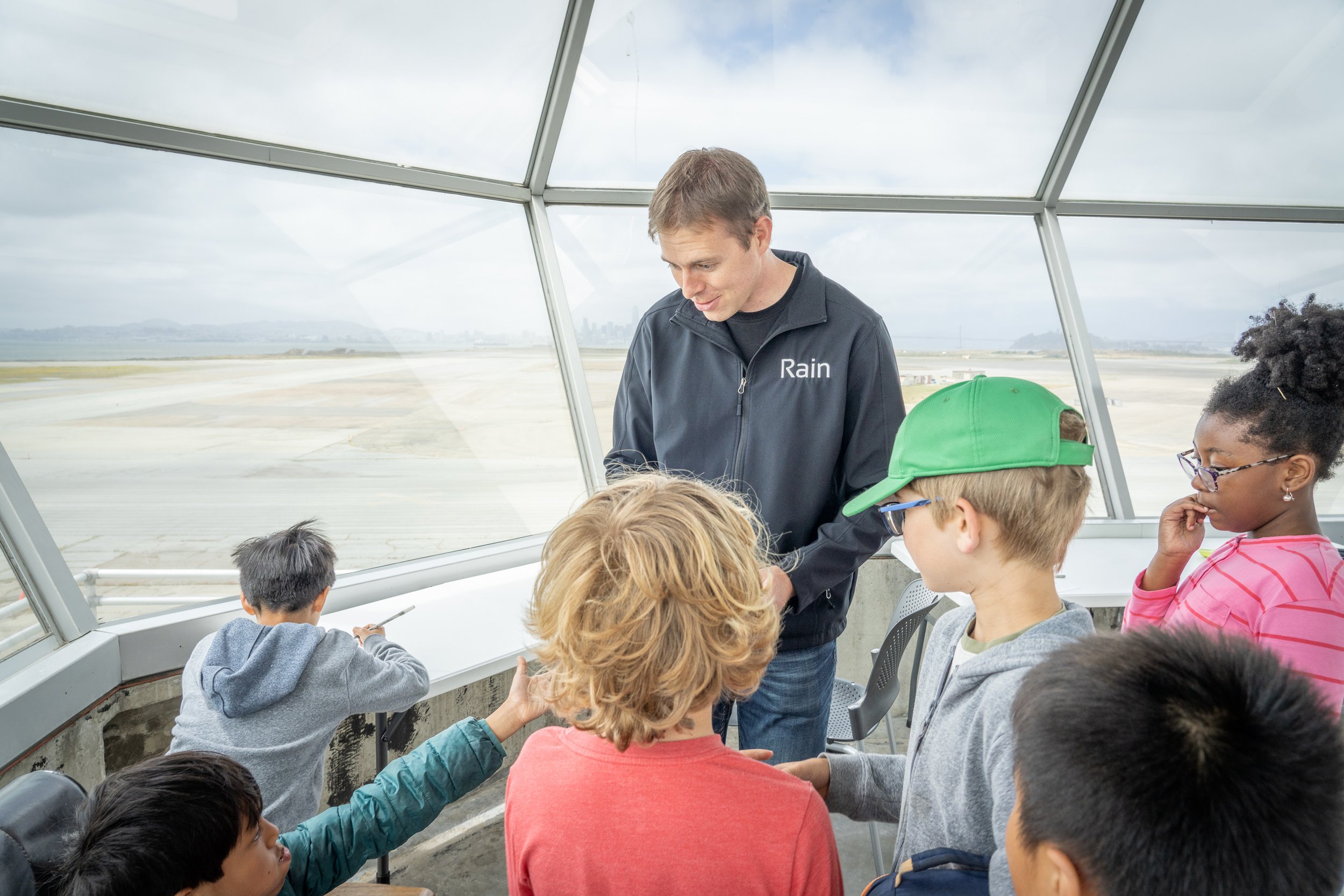
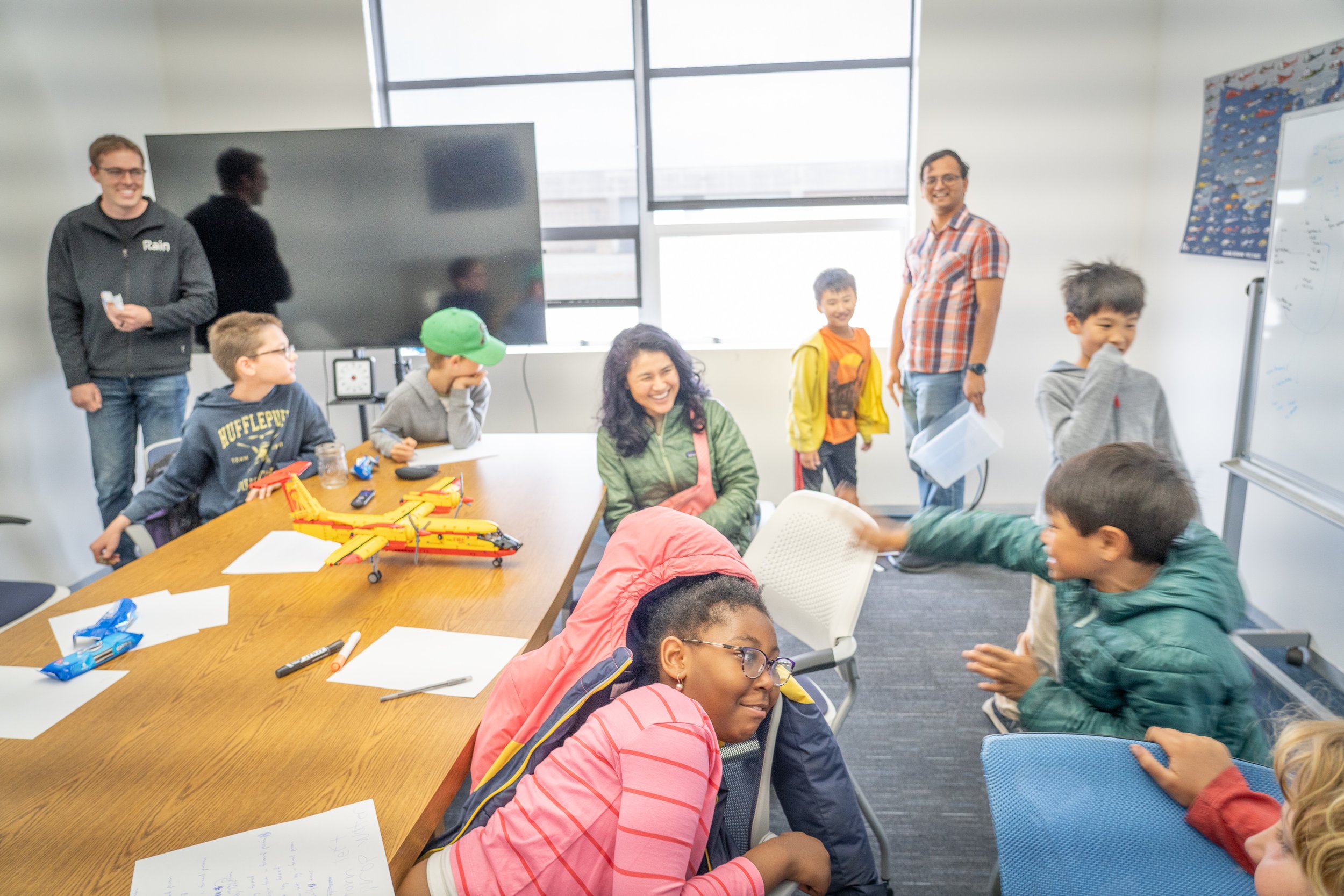
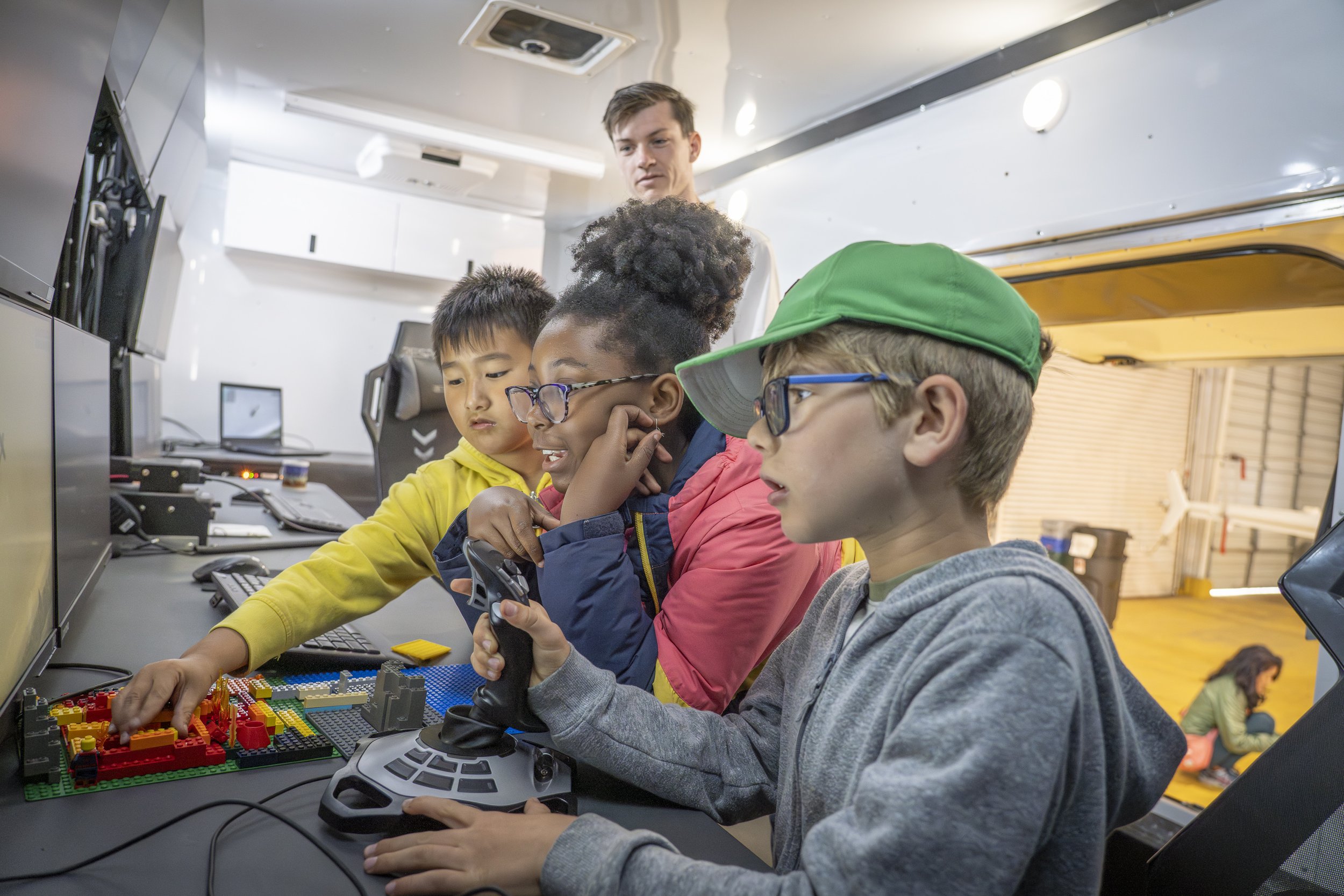
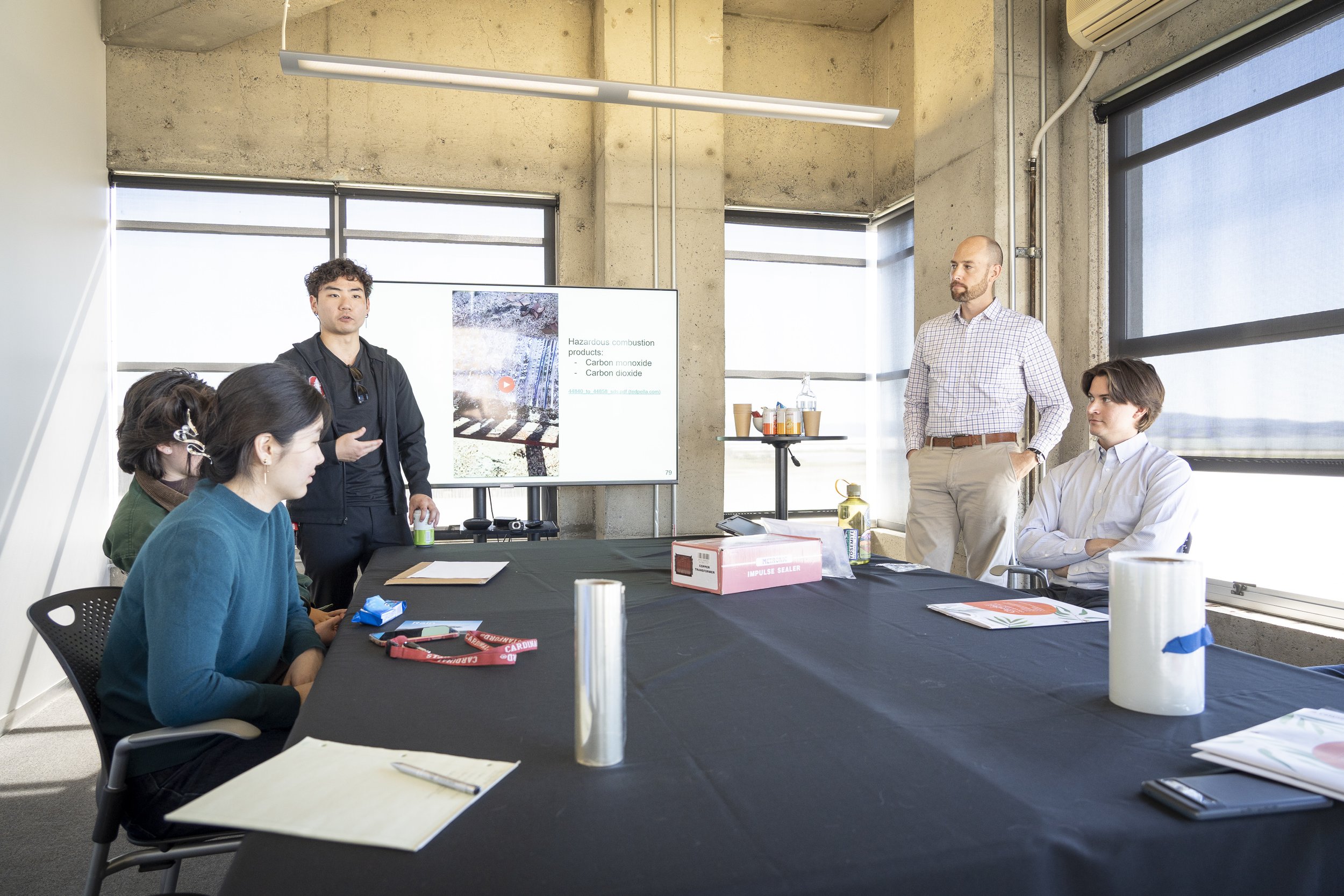
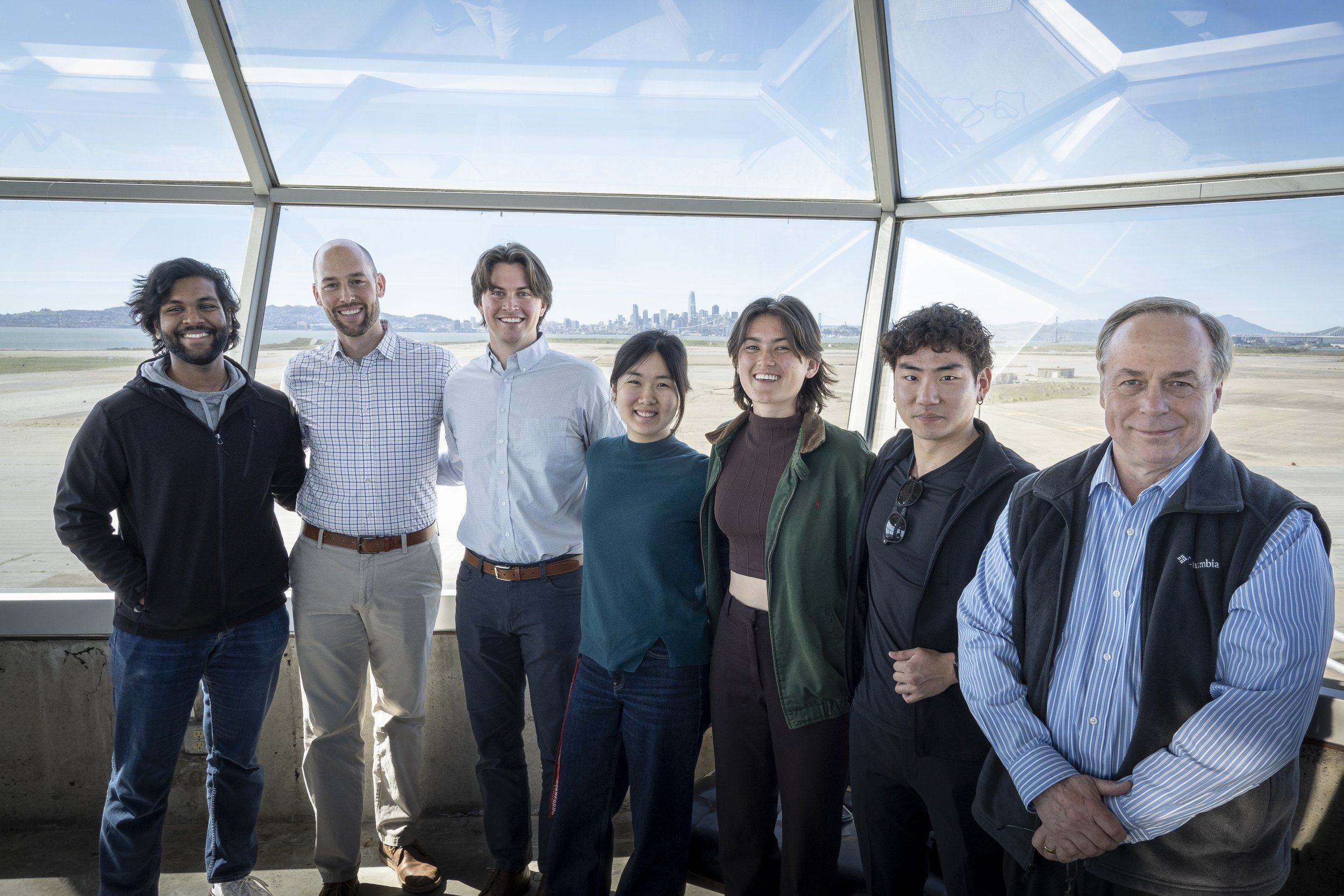
We lived our values as a company by welcoming students into our halls. Whether it was our work with a team of Stanford students who built an award-winning capstone project, or a cohort of elementary school students who participated in Rain Explore—a day-long experience we’ve designed to offer kids a glimpse of the life of a pioneering engineering team. It was a pleasure to allow ourselves the pleasure of collaborating with the next generation, or the next next generation, each of whom bring unique questions, perspectives and methods of problem solving that keep us stretching our thinking caps, also.
The past twelve months have been an incredible year of growth for us at Rain, and we look forward to what the next twelve months will bring as we work every day to end catastrophic wildfires.

